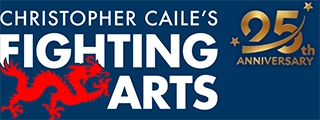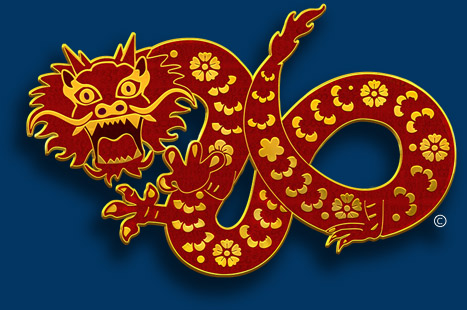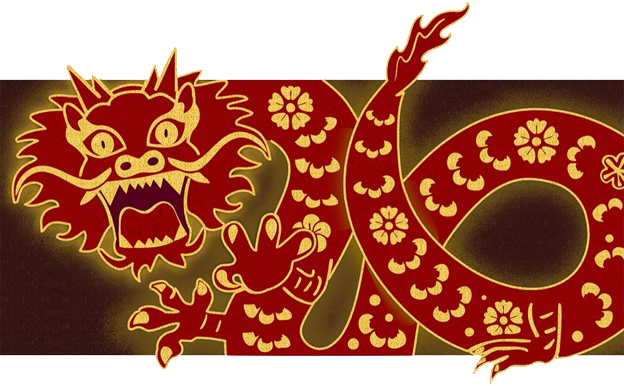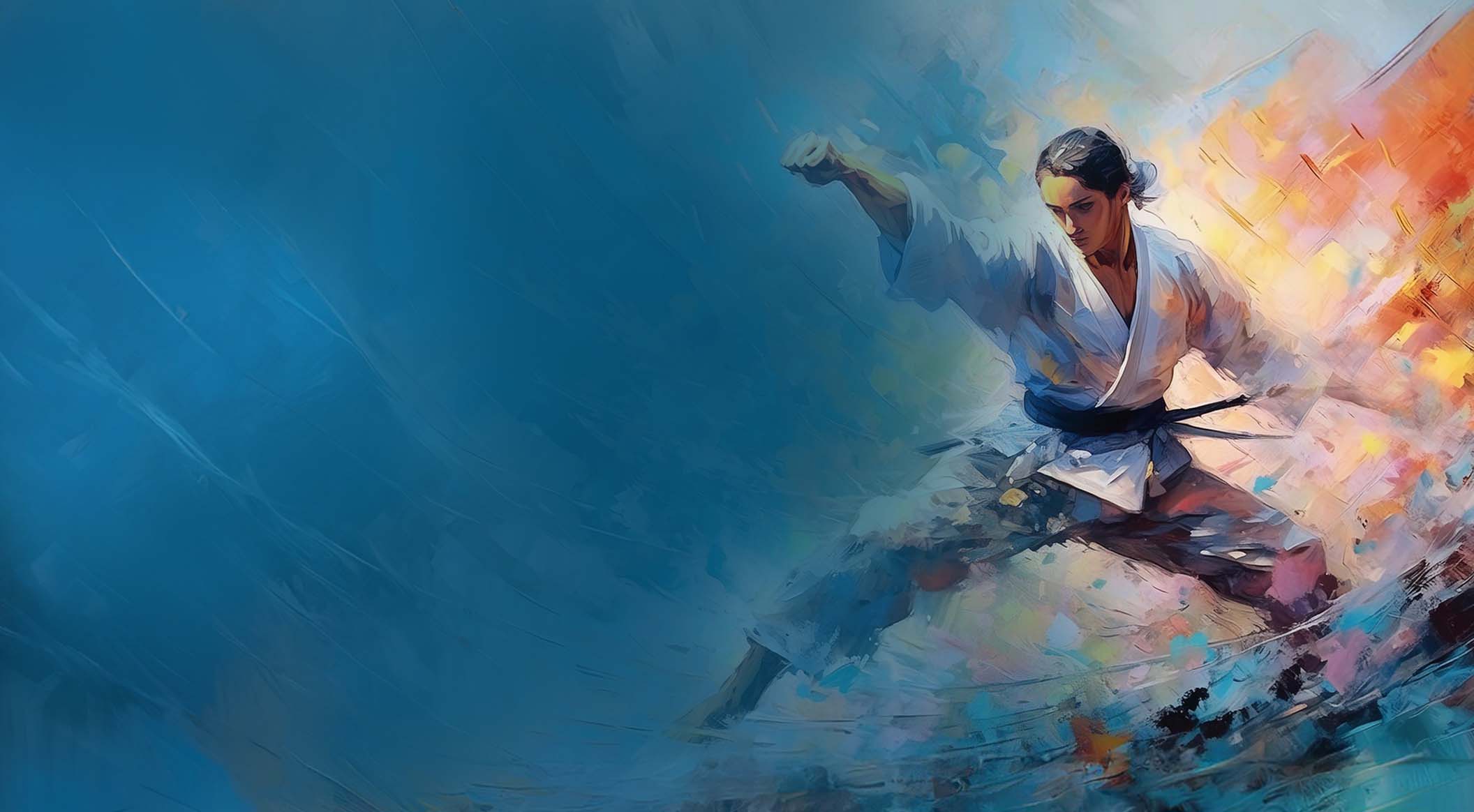Keppan – The Blood Oath: Part 2
By Dave Lowry
Editor’s Note: This is second of a two part article. Part 1 discussed the distinctive nature and exclusivity of Samurai fighting arts during Japan’s feudal period and that samurai’s admittance to a school (ryu) of training often required him to sign an oath of allegiance to the martial arts organization. Part 2 delves deeper into the nature of this commitment while also comparing the nature of warrior training in feudal Japan to that of today’s new martial arts such as judo, aikido, karate, kendo, etc. within which such allegiances are no longer practical.
In some ryu (traditions of martial arts teaching) this oath was a written one and the prospective member was required to sign his name in his own blood. This is the meaning of the word keppan: a blood oath. He pricked his finger or sometimes his inner arm and with the blood drawn, signed the pledge. The pledge itself is referred to as a kisho or a kishomon. The particulars of these oaths varied from ryu to ryu. Often they were secret, their exact contents a part of the vow itself. One, dating from the early 18th century, which has been published many times, though, is probably typical. The kishomon of the Shibukawa ryu of jujutsu reads: “Now that I will receive your training, I swear that without your permission. I will not demonstrate nor instruct, not even the most minor detail to anyone, not even to my own family. Should I behave in a way as to break this pledge, I am resolved to face the punishments of all the gods of the country, and to receive the anger of the great martial deity Hachiman.”
A copy of the kishomon of the Katori Shinto ryu appears in the second volume of The Deity and the Sword, written by Otake Risuke and the late Donn Draeger. It prohibits gambling and hanging out in “disreputable places” and forbids “crossing swords” with members of other schools until certain licenses of proficiency have been granted. In the Katori-ryu, this oath is taken under threat of retaliation by Marishiten-son, the “Goddess of the Pole Star,” who is also a patron deity of many branches of the Shinkage ryu. (Incidentally, not all martial ryu demanded blood oaths or even the taking of pledges at all. The Shinkage-ryu, for example, did not require new member to pledge loyalty, reasoning that if one was of such character as to even be considered for membership, he would be worthy of it and there would have been no need to have him make a formal pledge of his conduct.)
The oath taken by a student of a martial ryu during the classical period in Japan, then, was a matter, in some significant ways, of putting his soul on the line. It was a ritual undertaken with deadly earnestness. It was in no way a mere formality. Neither, it is important to note, always a sign that he was at that point, considered a member of the ryu. Even after signing such a pledge, there was often a period where the trainee was still tested, still considered to be taught on a kind of probationary basis. This period has been called te hodoki or “hands tied.” The different ryu were very clever in the ways they approached this. They might teach a student fragments of the curriculum, not necessarily in order. Vital teachings might be omitted or they might be arranged in such ways that they didn’t make sense. Only after the student has fully earned the trust of the master is he formally admitted to the ryu. In other instances, formal admittance to a ryu is signalled by the teaching of some apparently insignificant skill. In at least one ryu, there was a ritual of etiquette which was taught after a certain level of proficiency had been gained. The ritual is not complicated nor “secret” in the sense that it imparted any special ability. But it was a sign to other members that the person who knew it was ready to be indoctrinated in the more esoteric aspects of the art.
Today’s student of the modern budo, especially those students with a fondness for the mystical — and those who wish there were higher standards in the martial Ways — may lament the passing of the blood oath as a prerequisite for beginning training in their own arts. Some budo dojo do have a pledge of sorts that new members are required to sign, although these lack the promise of supernatural retribution if the promises made are not kept. But, aside from the problems encountered in thousands of would-be karateka or aikidoka engaging in do-it-yourself phlebotomies-the blood oath of the koryu was indicative of an approach to teaching and learning the classical martial arts that differs distinctly from the manner in which the martial Ways are propagated now.
During Japan’s feudal period, the martial arts were handed down on a one-on-one basis for the most part. Then too, the master was dealing with a rather select group in the first place. The warrior had a specific interest in acquiring the skills the master offered. He was not apt to “lose interest” or to go on to other activities that might tempt the modern practitioner. And so the training could be somewhat intense by our standards. The oath was symbolic of this kind of commitment
The leaders of the budo of today, however, made a deliberate change in this approach to practice and teaching. Since the budo like karate or aikido were meant to benefit society in general and were not confined to a single social class as the koryu had been, to limit membership would have been counter-productive. (This is not to say, however, that early budo masters accepted every person who wanted their instruction. Karate’s Funakoshi Gichin limited his classes to college students and professional people like doctors and lawyers, since he felt they could best understand the philosophical principles of his art. Jigoro Kano demanded the original members of his Kodokan swear to him that they would continue to support the precepts of his judo throughout their lives. Even after Ueshiba Morihei’s aikido dojo were opened to the general public, he confined his instruction principally to those be considered worthy of learning.)
Rather than depend upon select, deeply dedicated individuals to carry on their arts, budo sensei allowed many, many students to train with them, with the understanding that most of those students would never reach any level of competence before dropping out. What the sensei would be left with was a refined core of higher level adepts who would be capable of taking over roles of teaching and leadership when their time came. Under such an approach, the insistence upon an oath would have been impractical because of the numbers of students involved. It would have been unreliable because many budo trainees, especially those not of Japanese ancestry, did not share the religious beliefs that were common in the koryu. They would have felt no particular compulsion to honor some deity they had never heard of.
The sensei in today’s modern budo dojo may yearn for the revival of a blood oath, especially when he sees how many of his students drop out or fail to take a serious interest in their training. In the modern budo, however, dedication cannot be insured by kishomon or keppan. The sincerity of the budoka is more difficult for him to prove in some ways. In others, though, oath or no oath, he must prove himself exactly the same way as those in the koryu did generations ago; by an incessant and lifelong commitment to practice.
Reproduced with permission of Dave Lowry. Copyright © Dave Lowry & FightingArts.com. All Rights Reserved.
This article first appeared in Furyu the Budo Journal #8.
Dave Lowry
Dave is an American writer best known for his articles, manuals and novels based on Japanese martial arts.
Mr. Dave Lowry literally grew up in the Japanese cultural arts. As a boy, he commenced a lifelong study of Yagyu Shinkage Ryu swordsmanship under a Japanese teacher who was living in Missouri. In 1985, Mr. Lowry’s experiences growing up as a Westerner, who was deeply immersed in Japanese cultural and martial arts, formed the basis for his publications.
In addition to Yagyu Shinkage Ryu, Mr. Lowry has trained in karate-do and a variety of modern martial ways. His current and primary martial arts activities are focused on Yagyu Shinkage Ryu, Shindo Muso Ryu (an old combative art utilizing a four-foot staff), and aikido. He has also practiced a wide variety of Japanese arts including go (an ancient Japanese game), shodo (calligraphy), kado (flower arrangement), and chado (tea ceremony).
Mr. Dave Lowry has a degree in English, and works as a professional writer. He has authored numerous books related to budo the Japanese concept of the “martial way.” He has written training manuals on use of weapons such as the bokken and jo, novels centered on the lifestyle of the budōka (one who follows the martial way), and many articles on martial practices and traditional Japanese philosophy. He has been a regular columnist for Black Belt magazine since 1986, where he writes on the traditional arts and has contributed to FightingArts.com. He has also served as Senior Advisor to the SMAA (and contributor to its Journal), an organization dedicated to providing realistic survival orientated defense training and education.
Search for more articles by this author:
